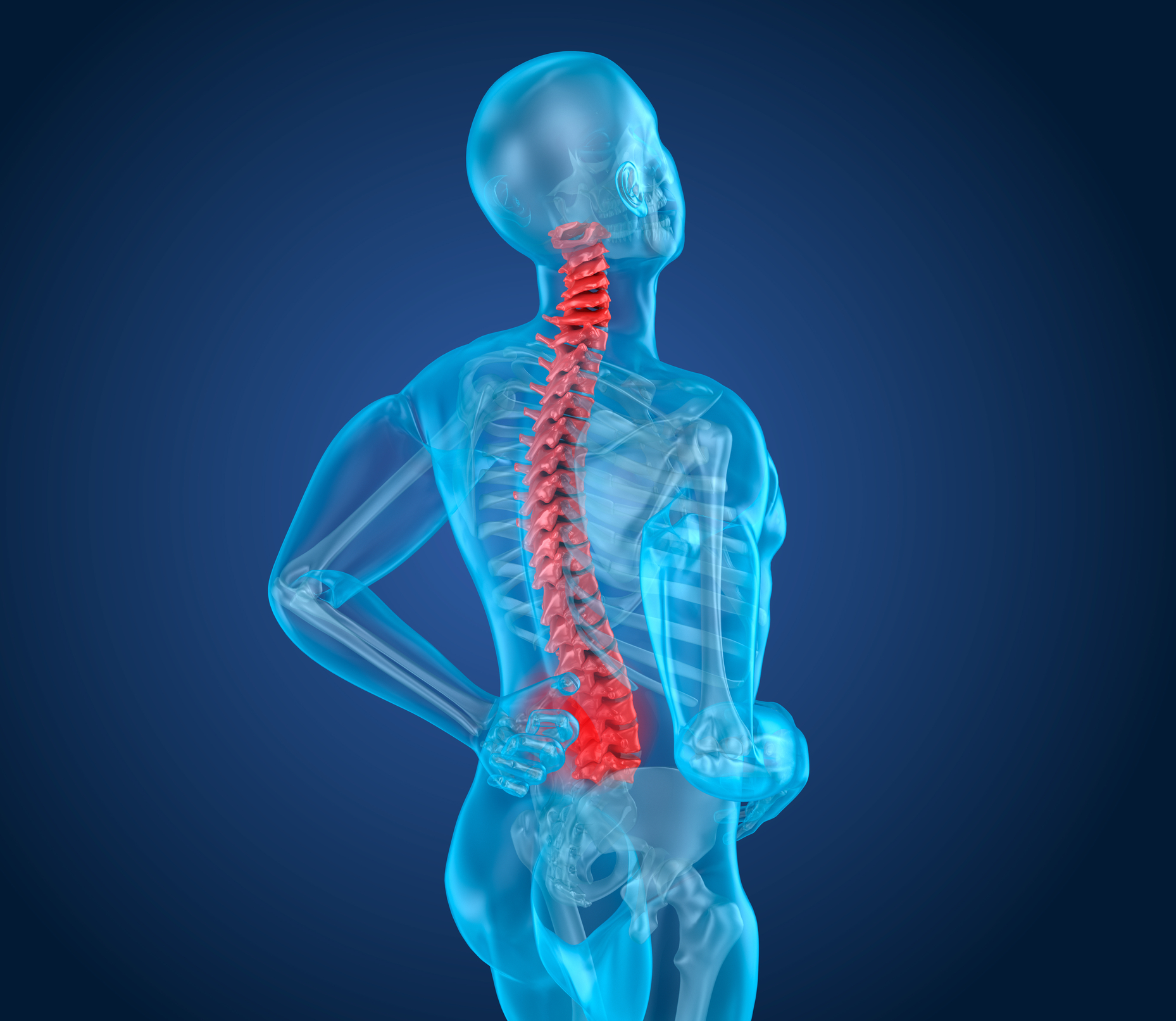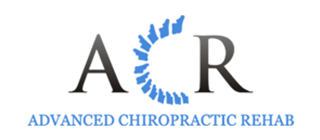 25 Jul 2025
25 Jul 2025
How do I know if I have a subluxation?
Determining whether an individual is experiencing a subluxation necessitates a thorough and nuanced understanding of the condition itself, as well as its associated symptoms. A subluxation is clinically defined as a partial dislocation of a joint, wherein the normal alignment of the joint surfaces is disrupted but not completely dislocated. This misalignment can subsequently lead to a range of physical ailments that may significantly impact an individual’s overall well-being. Individuals suffering from this condition may present with various signs, including localized pain that typically manifests in the vicinity of the affected joint. This pain can vary in intensity and may be exacerbated by movement or pressure applied to the area. Furthermore, those with a subluxation often experience reduced range of motion; they may find it challenging to fully extend or flex the joint due to discomfort or stiffness that arises from the injury. In addition to these primary symptoms, it is important to note that the repercussions of a subluxation are not confined solely to the joint itself. The effects can extend beyond this focal point, potentially involving surrounding muscles and nerves. Consequently, individuals might also encounter secondary issues such as muscle spasms, referred pain radiating into adjacent areas, or nerve impingements resulting in tingling sensations or weakness. Understanding these multifaceted symptoms is crucial for accurate diagnosis and effective treatment planning for those affected by this condition.
To accurately assess the presence of a subluxation, it is highly advisable to consult with a qualified healthcare professional who specializes in musculoskeletal disorders. These experts possess the requisite training and experience to evaluate complex conditions effectively. During the consultation, they will typically conduct a thorough physical examination, which may include evaluating range of motion, strength, and overall joint stability. Furthermore, they may utilize advanced diagnostic imaging techniques such as X-rays or magnetic resonance imaging (MRIs) to confirm their findings and provide a more comprehensive understanding of the underlying issues. Addressing any concerns regarding potential subluxations is not merely advisable but essential; prompt intervention can serve as a crucial factor in preventing further complications that could arise if these issues are left unexamined. Early detection and treatment can significantly promote optimal health outcomes by ensuring that any abnormalities are corrected before they escalate into more serious conditions that may impact mobility or overall well-being. Therefore, seeking professional evaluation at the earliest sign of discomfort or dysfunction is vital for maintaining long-term musculoskeletal health.
BY:
Uncategorized
COMMENTS: No Comments
 25 Jul 2025
25 Jul 2025
How do you get subluxations?
Subluxations are clinically defined as partial dislocations of a joint, wherein the articulating surfaces of the bones involved experience a misalignment that is not complete but can still significantly affect the functionality and stability of the joint. If left unaddressed, these subluxations can lead to a myriad of health issues, including pain, inflammation, reduced mobility, and even chronic conditions that may require more extensive medical intervention. Understanding how subluxations occur is paramount for both their prevention and effective treatment. Various factors contribute to the development of subluxations, including trauma from injuries or accidents, repetitive strain from certain activities or postures, and underlying musculoskeletal disorders. By comprehensively analyzing these contributing elements, healthcare professionals can devise strategies aimed at preventing occurrences through education on proper body mechanics and ergonomic practices. Furthermore, recognizing early signs of subluxation allows for timely interventions such as physical therapy or chiropractic adjustments that can restore proper alignment and function to affected joints. Thus, an in-depth understanding of subluxations not only aids in mitigating potential complications but also enhances overall patient care and wellness initiatives.
The most prevalent causes of subluxations encompass a range of factors, including trauma, repetitive stress, and inadequate posture. Trauma typically manifests as a result of accidents or falls that exert excessive force upon a joint, consequently leading to its misalignment. This can occur in various scenarios, such as during sports activities or even in everyday situations where physical instability is present. Repetitive stress is another significant contributor to subluxations and often emerges from engaging in specific activities that involve the same motions over prolonged periods. Professions that require repetitive tasks—such as typing for extended hours, assembly line work, or certain athletic endeavors—can predispose individuals to this condition due to the continuous strain placed on particular joints and muscle groups. Moreover, poor posture serves as a critical factor in the development of subluxations by subjecting the musculoskeletal system to unnecessary tension and strain. When an individual maintains an improper alignment while sitting or standing—be it through slouching at a desk or leaning forward excessively—it can lead to imbalances within the body. Over time, these imbalances may culminate in joint misalignments that manifest as subluxations. Understanding these causes is essential for preventing such conditions and promoting better musculoskeletal health through appropriate interventions and lifestyle adjustments.
It is of paramount importance for individuals to remain cognizant of these factors to effectively mitigate the risk of developing subluxations. Subluxations, which refer to partial dislocations of joints, can lead to discomfort and a range of musculoskeletal issues if left unaddressed. Engaging in regular physical activity serves as a fundamental preventive measure; exercise not only strengthens the muscles that support the joints but also enhances overall flexibility and coordination. Additionally, making ergonomic adjustments in workspaces—such as ensuring that desks are at an appropriate height and that chairs provide adequate lumbar support—can significantly reduce strain on the body during prolonged periods of sitting or repetitive tasks. Furthermore, maintaining proper body mechanics during daily activities, such as lifting objects with the legs rather than the back and being mindful of posture while seated or standing, can greatly diminish the likelihood of experiencing this condition. By adopting these preventative strategies, individuals can promote their long-term health and well-being while minimizing their risk of subluxations and associated complications.
BY:
Uncategorized
COMMENTS: No Comments
